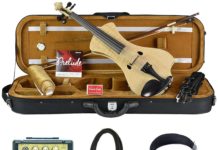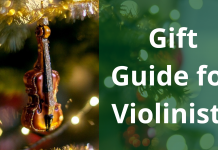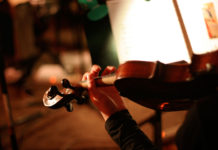If you are learning how to play the fiddle, you’ll come across fiddle chords but what are they and how do you play them? Don’t fret! Our fiddle chords guide will teach you everything you need to know, including fiddle tabs that you can use as a guide when practicing playing these chords.
If you aren’t sure what a fiddle is, check out our article on the violin vs. fiddle.
What Are Fiddle Chords?
Chords consist of several musical notes to form harmony. For instance, you can play three different notes on the violin, and they will sound harmonious together. They connect or bond to create one complete melody, and it gives an effect of music emanating from just one instrument instead of the many we see onstage.
Fiddle chords are the first violin notes to learn, and they include simple harmony and melody alongside chords that You can play on a ukulele, guitar, or piano. However, before we start playing these chords, we need to understand how it works.
How Many Fiddle Chords Does a Violin Have?
There are hundreds of possible chord combinations but you will only play several few of them. In classical music, you will have 12 major chords and 12 minor chords. In this guide, we’re going to focus on seven basic chords – A-major, D-major, G-major, F major, A minor, E minor, and B minor.
Violin Chords Chart
A Major
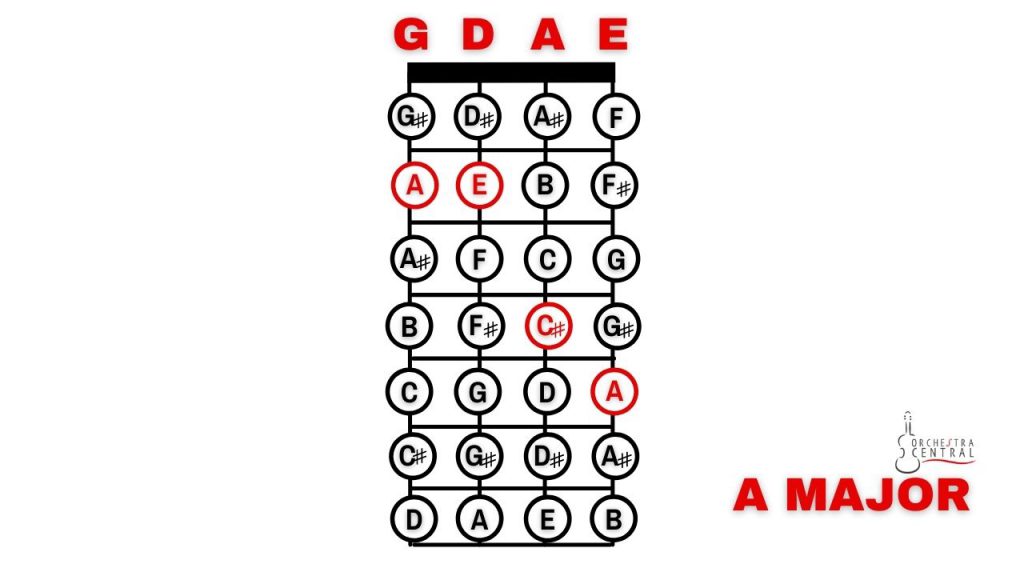
You can play this chord by putting your first finger on the A and E of the G and D strings. Then, your middle finger should be on the A string’s C#. Lastly, your third finger should be on the E string’s high A note.
D Major
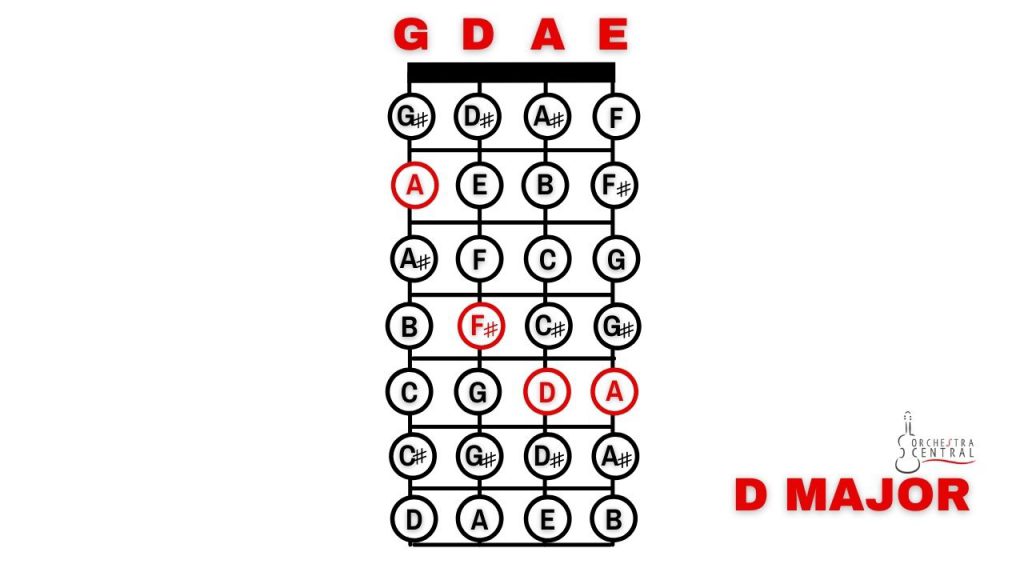
Playing D Major on your violin is a bit tricky to master. You’ll need to put your first finger on the G string’s A, then your second finger on the D string’s F# note. Your third finger will be on the A string’s D while your fourth finger should be on the E string’s A.
G Major
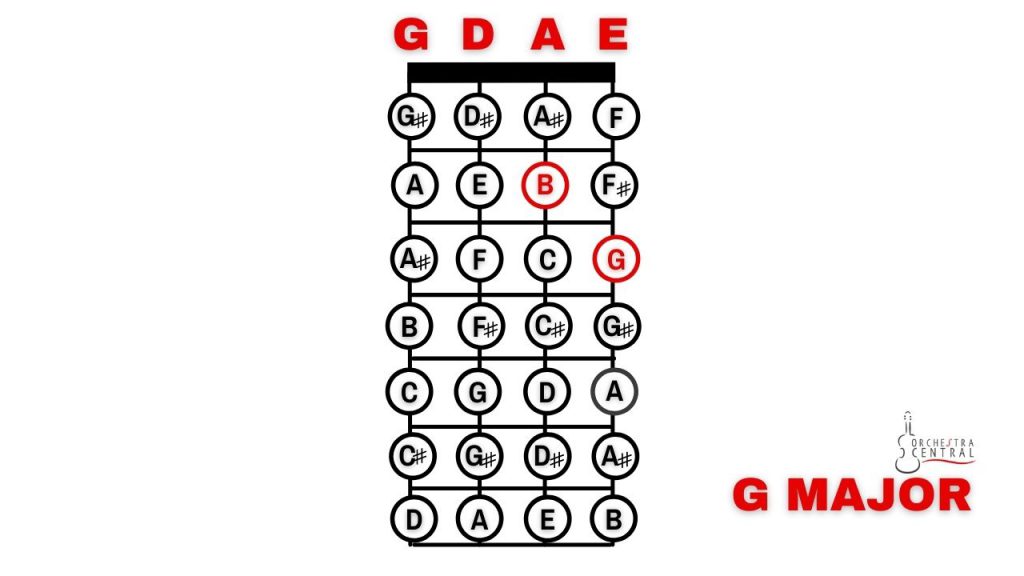
The G major is one of the easiest fiddle chords that you can play and master because you will only need to press the G on the E string and B on the A string.
F Major
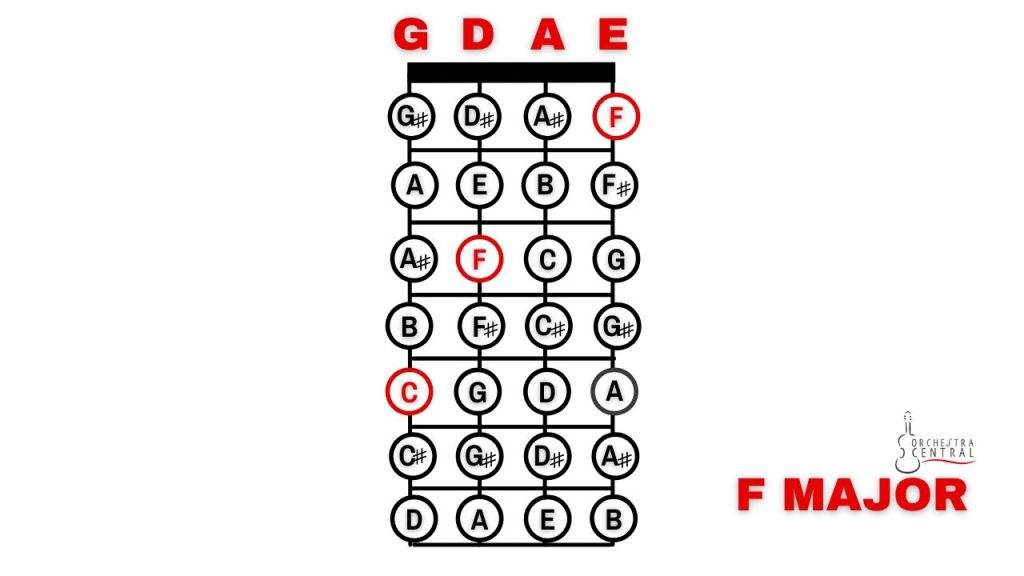
For F major, you will need to put your first finger on the F note on the first E string. Your second finger will be on the D’s string F note. As for your third finger, you will put it on G’s string C note.
A Minor
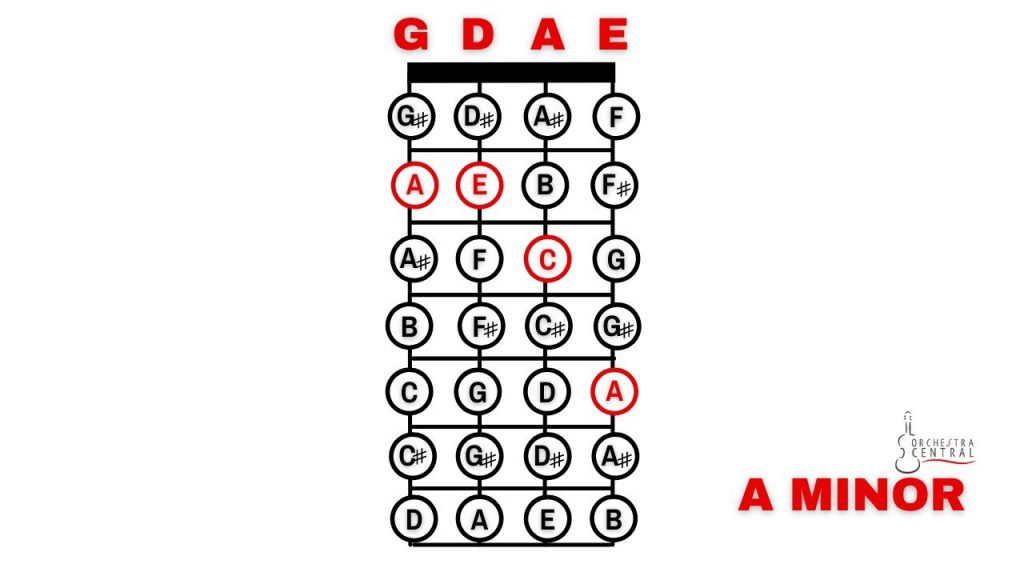
If you’ve already mastered playing A major, learning how to play the A minor should be pretty straightforward. All you need to do is move your finger from C# to flat C. So, it going to be A-E-C-A.
E Minor
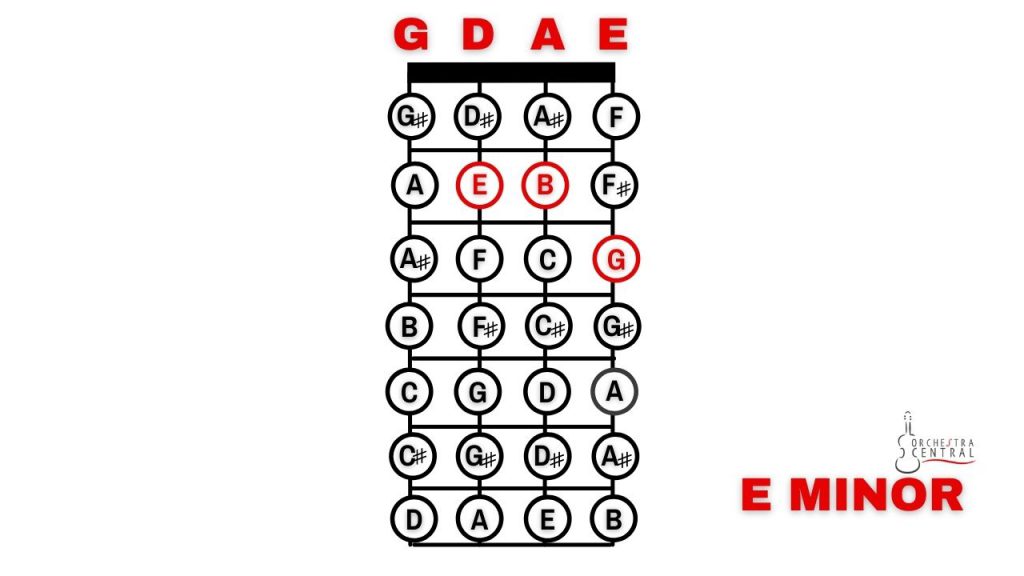
E Minor is another easy fiddle chord to play. Your first finger goes to the D string’s E and A string’s B. Your middle finger will rest on the E’s string G.
B Minor

For B Minor, place your second finger on G string’s B and D string’s F#. Then, your third finger will be on D of the A string.
How to Play Basic Fiddle Chords?
If you want to play and master basic fiddle chords, you will need to practice. You will also need to position the bow as close to the two lower strings. You’ll have to practice the pressure and make sure it simultaneously hits both strings. Don’t forget that you should only slur the lowest two notes.
Pro tip: If you accidentally create a scratchy sound, you can lighten the pressure as you move the string across. Then, add more pressure as you arrive at the two upper notes.
Two Note Chords
With two-note chords, you will have to play “double stops.” As mentioned, an equal pressure distribution is key in successfully playing two-note chords. So, make sure to apply the same bow pressure on both strings. Otherwise, one string will overpower the other.
Three Note Chords
For three-note chords, you will need to slur. However, keep in mind that only slur the lower two notes. That means you will have to play the chord’s first and last part.
Conclusion
Mastering fiddle chords will require a lot of practice. You will also need some time for your fingers to get used to the movement necessary when playing these chords. And, don’t forget that you will need to practice bow pressure!
Table of Contents


